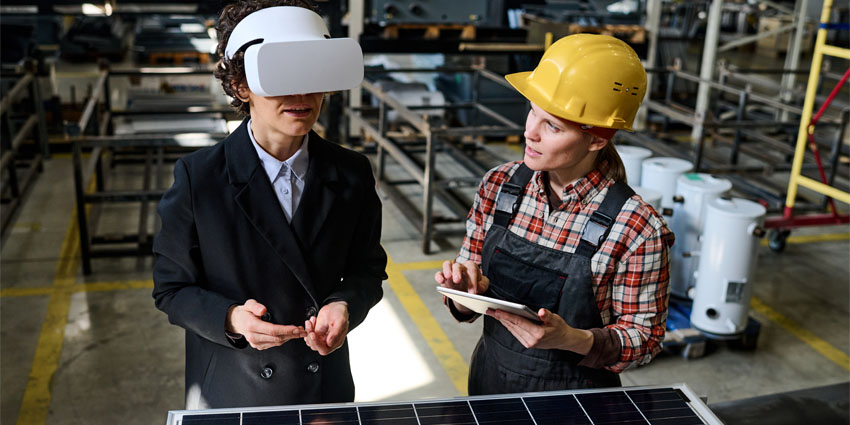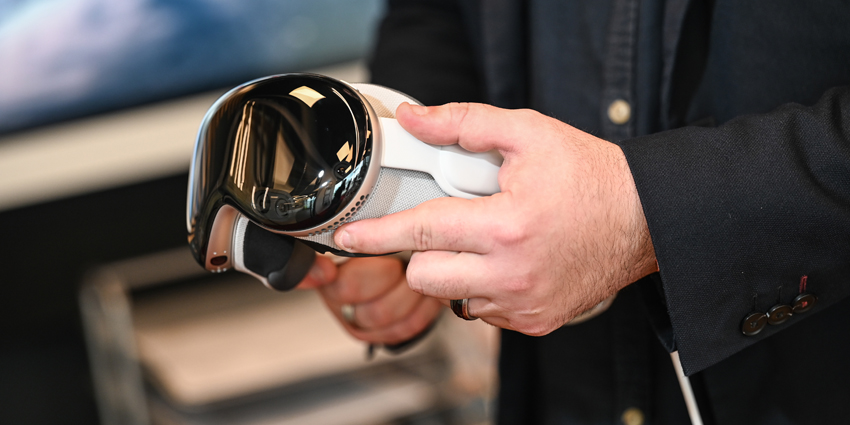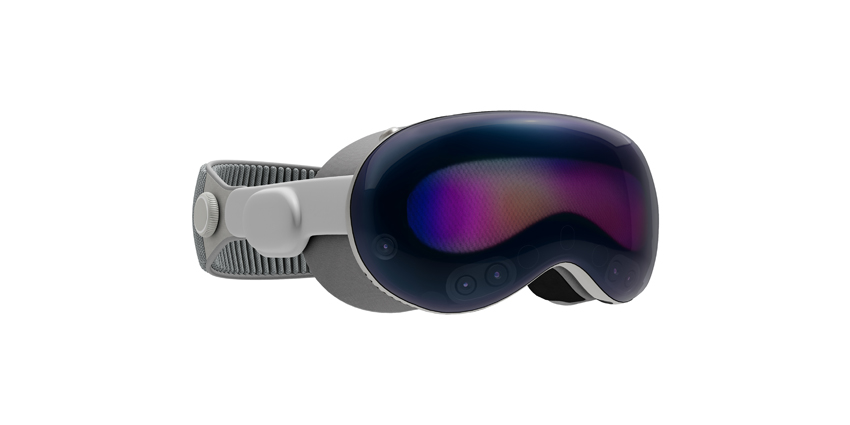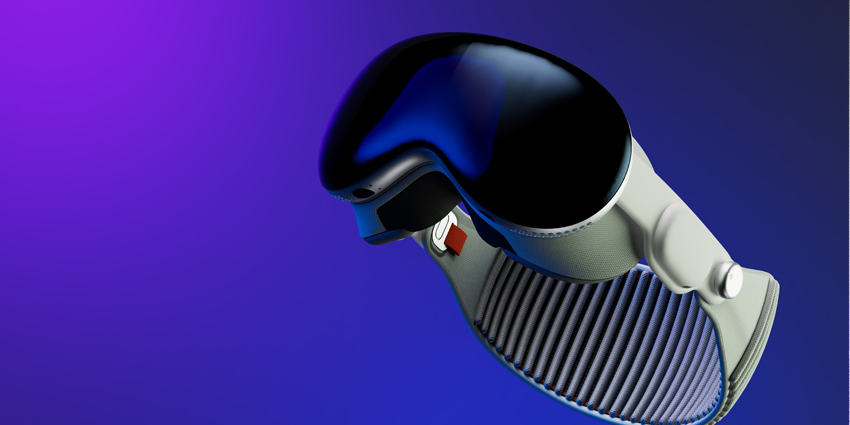Until recently, augmented reality (AR) experiences required the download of special software or mobile applications or even the use of specific AR smart glasses. This meant that the immersive power of AR experiences was hidden behind a wall, posing a significant barrier to entry for the average user.
WebAR, or web-based augmented reality, is revolutionizing the industry by decoupling it from underlying hardware and software platforms. Just like web-based software applications, users can have the freedom to access Web AR from any device capable of running a browser.
How Does WebAR Work?
WebAR makes use of the sensors on a mobile phone to allow the placement and tracking of digital material inside the physical world. AR technology may enable animated 3D content, target recognition, and interactive experiences through a combination of these sensors and computer vision technologies present on smartphones. WebAR can also operate on desktop devices, with limitations as PCs are tethered to one location.
WebAR experiences will become increasingly more sophisticated as mobile browsers add supportive capabilities. Allowing AR to access the device’s RGB camera, gyroscope, accelerometer, orientation, and magnetometer, or linking WebAR on mobile to smart wearables are several ways to achieve this.
Current Web AR experiences leverage five key technologies:
- Media streaming from mobile cameras – WebAR technology synchronizes virtual and physical worlds via camera streaming access. To add AR experience to real-world scenes, it utilizes an RGB camera for perspective and range of vision.
- A content management system – Users may access AR experiences using a cloud-based content management system (CMS) that responds to a variety of triggers such as QR codes or hyperlinks. Users can access WebAR with simple camera lens captures to place interactive information virtually anywhere.
- Scene understanding – To position 3D items in a physical environment, WebAR requires scene understanding, or the ability of mobile devices to map a surface and estimate the amount of light present in surrounding environments.
- A compatible browser – The browser must be designed for rich visuals and interactive experiences, which involve high volumes of data processing, as well as the ability to operate efficiently and with a low bandwidth footprint to avoid slowing down the smartphone’s operations.
- Application programming interfaces (APIs) – APIs convert Web AR into a truly connected application, where users can complete a variety of different tasks with a single virtual experience. For example, APIs can allow online shoppers to try products in WebAR to make a purchase.
What Are the Benefits of Web AR?
As AR rapidly matures, does the industry need Web AR technologies as well as traditional AR? Most would say YES as WebAR unlocks the following benefits for both organizations and users:
- Affordable implementation: Developers can build WebAR apps in just a few days, not months, even if the organization does not yet have 3D models suited for AR. In terms of technical deployment, all that is required is the integration of a software development kit (SDK).
- Analytics visibility: Web AR is an augmented reality system that is accessible over the web. As a result, it integrates seamlessly with Google Analytics, HubSpot, and other such tools, providing useful information on the age, source, geography, and gender of visitors, as well as to design further marketing initiatives.
- Consumer ease of use: WebAR requires minimal effort on the part of the user. The absence of a downloadable program encourages them to fetch, see, and share information, leading to greater reach, extended interactivity, and better engagement, due to the experience’s inherent convenience. Web AR could potentially outperform traditional AR, despite the latter providing better visuals.
- Greater personalization based on contextual data: WebAR can customize experiences by analyzing contextual data from the user’s mobile device, enabling the creation of dynamic content with technologies like geolocation and social media to build experiences tailored to specific user cohorts. For example, a website could dynamically adjust clothing shown in AR experiences based on weather conditions in the user’s location.
Considerations to Remember
WebAR has a lot of potentials as it is easy to build, is low-cost, and involves a tiny resource footprint on the user’s end, lowering barriers to entry and offering enormous potential to drive reach and engagement.
However, it does have a few drawbacks compared to traditional AR:
- Network constraints: Inherent connectivity is still not universal, which means that WebAR will not be accessible to everyone at all times. In regions without 4G or 5G access, WebAR experiences will stutter and could actually deter wider consumer adoption.
- Device compatibility: The experience may not be consistent on all devices, given variations in mobile memory, processor technology, and optimization techniques that manufacturers use.
Despite these foundational roadblocks, AR app and equipment-based experiences continue to be the mainstream approach. However, Web AR is evolving in leaps and bounds and could soon become a viable alternative to traditional AR for many users.
A number of companies such as Snap, Nextech AR, Google, Meta, and Avataar, among others, are developing WebAR solutions that make the technology easily available to marketers, retailers, and industrial companies.
Google offers its own WebAR SDK, ARCore, that allows developers to render virtual objects in the real world. XR+ is another platform that lets you build no-code Web AR experiences. Similarly, PlugXR is a drag-and-drop platform that leverages the cloud to build immersive experiences with five different kinds of tracking.
WebAR has immense potential across industries and could particularly transform online retail experiences, becoming the default method for building websites and exhibiting products online in the years to come.






